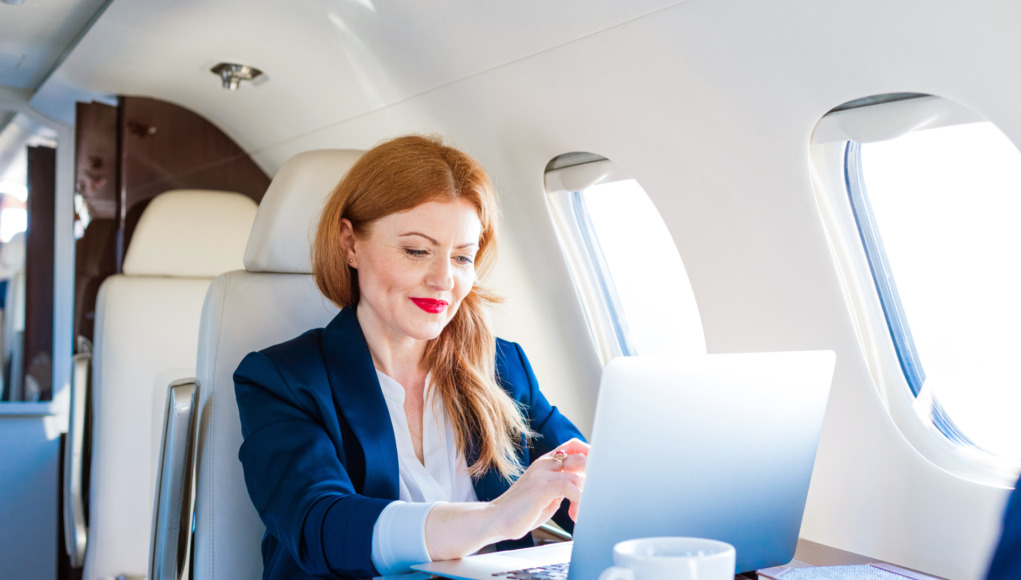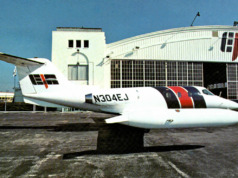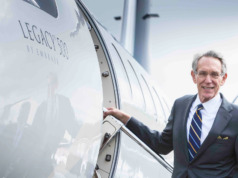Democratization: …to make something appealing to, and available to, the broad masses of the people.
Merriam-Webster Dictionary
Nice word – and a nice idea. But one that has no place in business aviation, which simply does not lend itself to democratization. Yes, business aviation is open to all – all who can afford the cost. But simply lowering the cost of entry from six figures to five does not “democratize” it. While it may broaden the appeal, business aviation travel will never be available to “the broad masses of the people.”
And frankly, those who use it, don’t want it to be. Business aviation is by definition “exclusive,” whether you’re flying with business associates or with family. You choose with whom you share the cabin on every flight; you can work inflight without concern for who might overhear a conversation, or catch a glimpse of your screen.
That kind of privacy and schedule control costs money. Real money.
Commercial airlines serve more than 500 US airports, whereas business jets and turboprops provide direct access to more than 3000 US airports. That kind of access also costs money, another reason that there are no discount airfares in business aviation. Can the cost to fly charter be reduced with careful shopping? Certainly. But not without compromises in flight scheduling, destination – or privacy. Sharing a business aircraft with unknown passengers is not private; it’s not even business class.
That shared cabin poses other safety risks, as well. The FAA has seen “a disturbing increase” in air travelers who refuse to wear masks on board aircraft, and has instituted fines of up to $35,000 and possible imprisonment for passengers who “interfere with, physically assault, or threaten to physically assault aircraft crew members or other passengers.”
Business aviation is indeed booming today, but it’s not due to lower cost, or to “democratization.” It’s because you and others who can afford it are opting for safer and more healthful travel options.
While commercial airlines cut routes and schedules, and laid off personnel when the pandemic took hold, business aviation simply took a brief breather.
According to Argus International, business turbine aircraft flying dropped across the board by almost 50% in March 2020. But it bounced back almost immediately, as aircraft and fractional share owners used business aircraft to bring family to safety. Charter and jet card travel boomed, as current users realized – and new entrants discovered – that flying via business aircraft provided a level of protection unavailable even in first class commercial air travel.
By April 2021, business aviation travel was up more than 250% over a year ago, with fractional (up 475.6%) and charter/jet card (up 238.5%) showing the strongest gains, according to Argus.
Aircraft sales have rebounded as well, with preowned aircraft sales up 15% over first quarter 2020, according to JETNET, cutting preowned inventory to less than 7%. New aircraft order rates were up 6.9% in the first quarter, according to the General Aviation Manufacturers Association.
Is this increase in business aviation travel driven by industry democratization? Hardly. It’s in response to a recognized need for improved travel safety and time savings – and the cost is immaterial to those who can afford that, as well as the higher level of security and privacy provided by business aviation.
And it is democratic, in that it’s available to all who have the means. But “available to the broad masses of the people” remains an Impossible Dream. BAA
Publisher of Business Aviation Advisor, has nearly 50 years in business aviation including executive positions at aircraft management/charter and ground services companies. He is a past director of the NATA and Corporate Angel Network.






